Sherlock: Anatomy of a hit
4th March 2014
To see more pictures from the event, click here.
Full-house signs were put up outside the Cavendish Conference Centre as the RTS welcomed the people behind BBC One hit drama Sherlock to its latest early evening event.
The idea of moving Sir Arthur Conan Doyle’s largely Victorian detective stories to a modern-day setting came to Mark Gatiss and Steven Moffat while they travelled back and forth between London and Cardiff to work on Doctor Who.
The duo adored both the Conan Doyle books and, of the many TV and movie versions, the Basil Rathbone films of the 1930s and 1940s.
“They’ve got an amazing amount of brio and the feel of the original stories, which a lot of the more stately versions miss,” recalled Gatiss, who writes Sherlock with Moffat, as well as playing the detective’s brother, Mycroft.
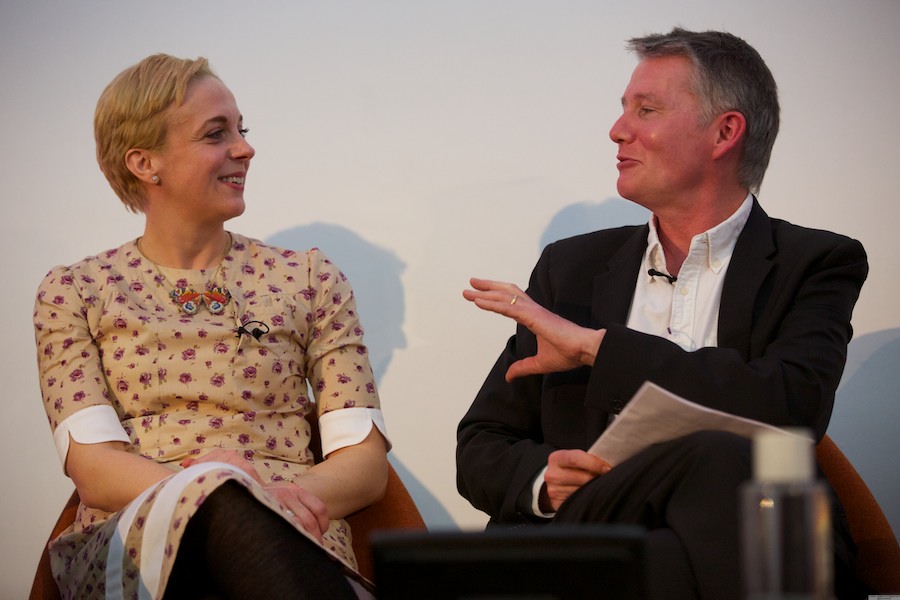
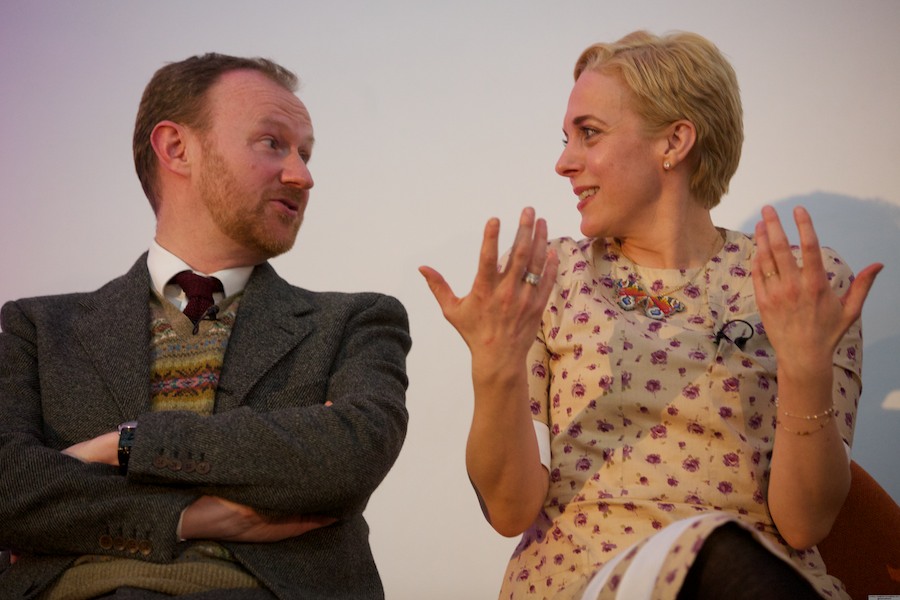
“As huge fans you must have known you were taking on a sacred flame,” said journalist and critic Tom Sutcliffe who chaired the RTS event, “Sherlock: Anatomy of a Hit”.
He asked where the writers drew the line between updating the stories and fidelity to Conan Doyle’s original work. “Anyone who watches our version of Sherlock Holmes knows that, although we’ve committed a heresy by updating it, we really know our stuff. We’re a couple of tragic fan boys who’ve not seen daylight,” replied Moffat.
Producer (and Moffat’s wife) Sue Vertue took the show to the BBC, which she said “seemed like a natural home for it”. Moffat and Gatiss prepared a detailed pitch but then BBC Wales head of drama Julie Gardner snapped it up before the duo could draw breath with the words: “Modern Sherlock Holmes? Yes.”
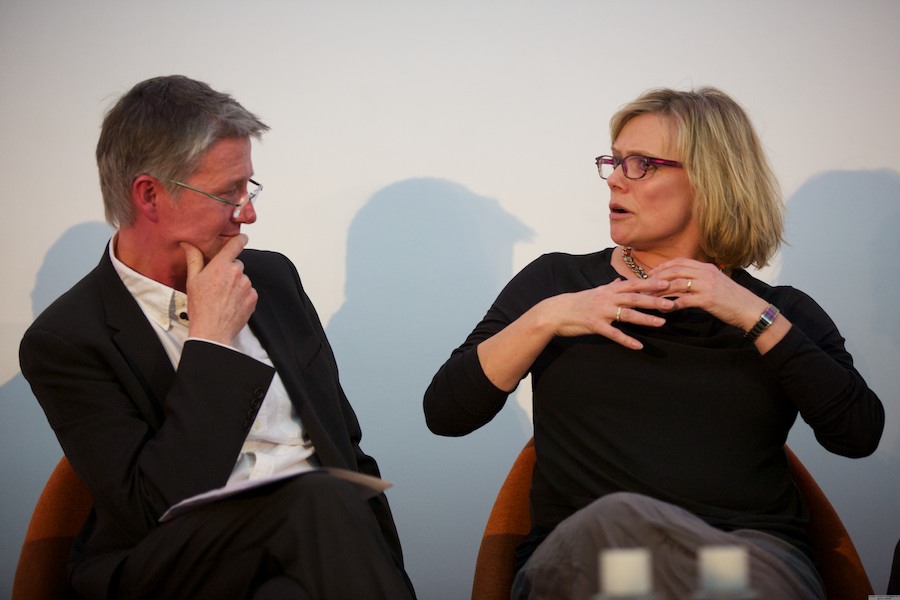
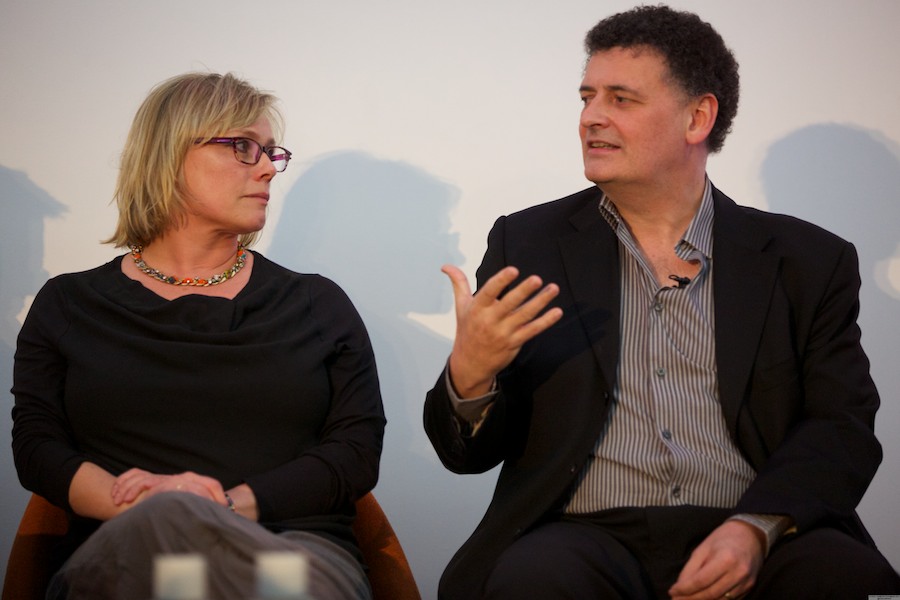
Sherlock made its TV debut in July 2010, which Sutcliffe suggested was “not a great time to launch a show”. “According to journalists it’s not,” replied the BBC’s Drama Controller and Commissioner, Ben Stephenson. “New Tricks, Line of Duty and Luther all launched in the summer. It’s only middle-class people who go away for the whole of the summer who [are bothered]; normal audiences don’t come home in the summer and think, 'I don’t want to watch anything’.”
The first series was a hit with audiences, although Stephenson thought the “critics took a while to catch up". A second outing followed in January 2012.
“What was extraordinary about that second series was that it went from being something this good to something even better, which was almost impossible,” he added.
Series three, which premiered on 1 January this year, broke records: it averaged almost 12 million viewers and became the BBC’s most-watched drama series since 2001.
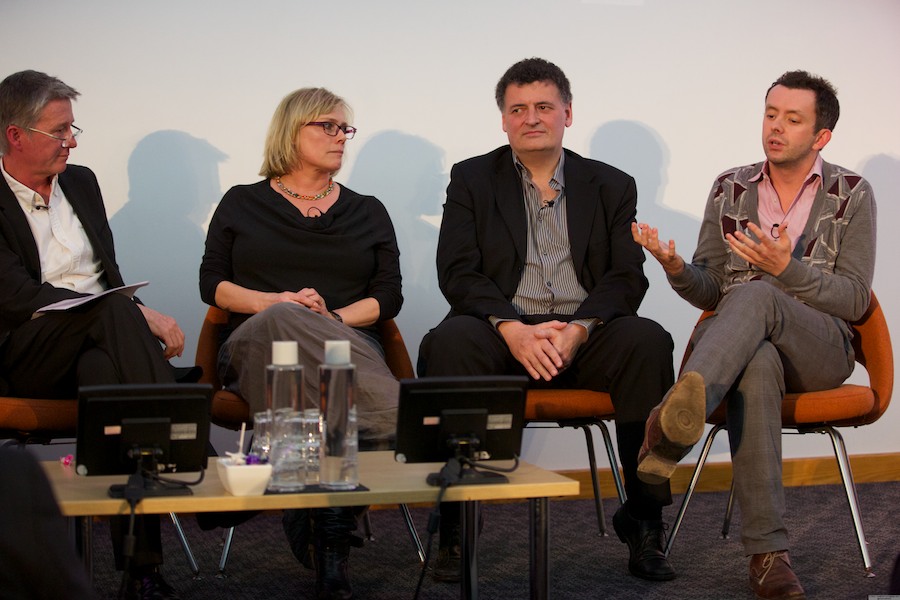
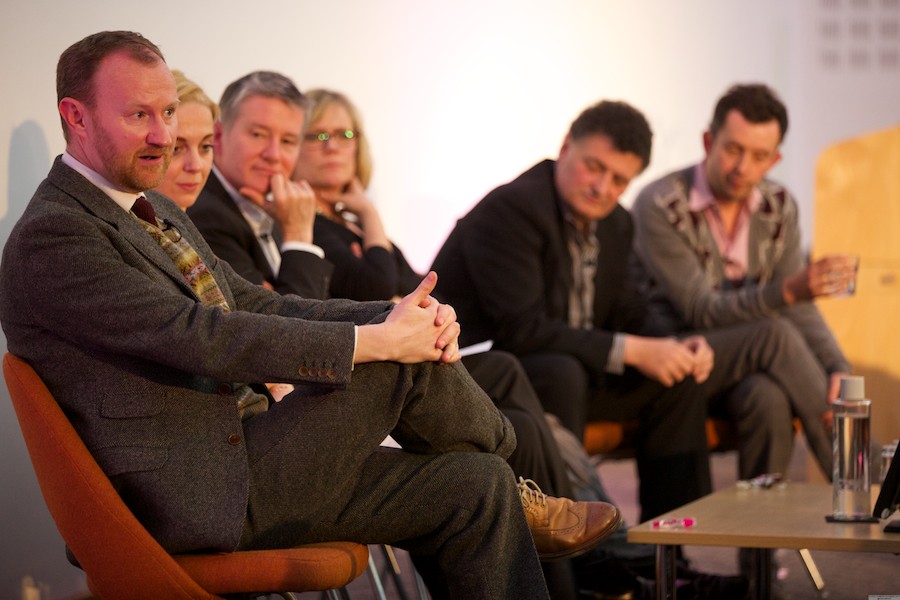
Amanda Abbington joined the series as Dr Watson’s wife (she is also Martin Freeman’s real-life partner), which she told the RTS early evening audience was “daunting”. “It’s a huge show and Mary’s like Marmite – you either like her or you hate her.”
Gatiss and Moffat are developing ideas for series four and who knows how many more in the future. “There are 60 stories, but there are also fragments of bits, which have never been done,” said Gatiss. “There are also millions of other adaptations, which, as far as we are concerned are canonical and able to be embraced. There’s an incredible amount to do.”
“Sherlock: Anatomy of a Hit” was an RTS early evening event held at the Cavendish Conference Centre in central London on 4 March. The producers were Barney Hooper and Sally Doganis.
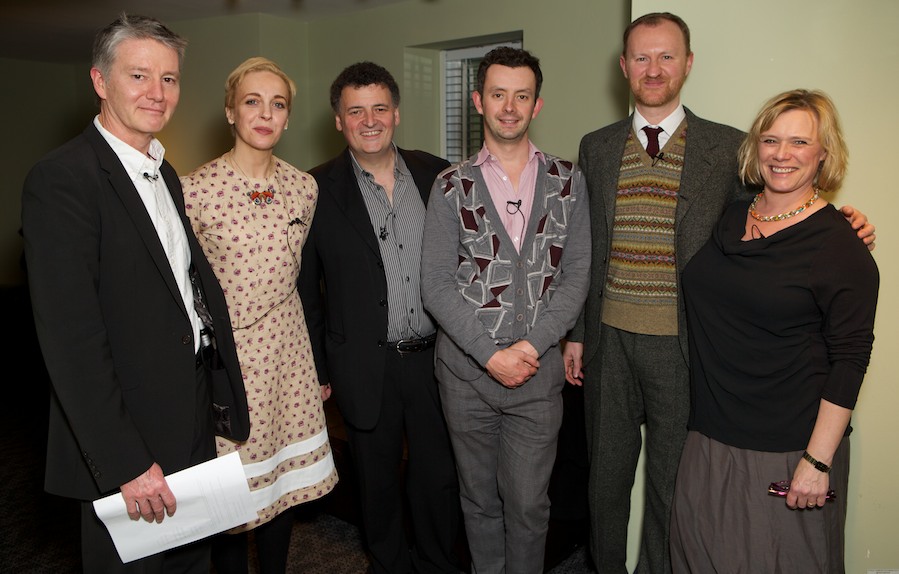
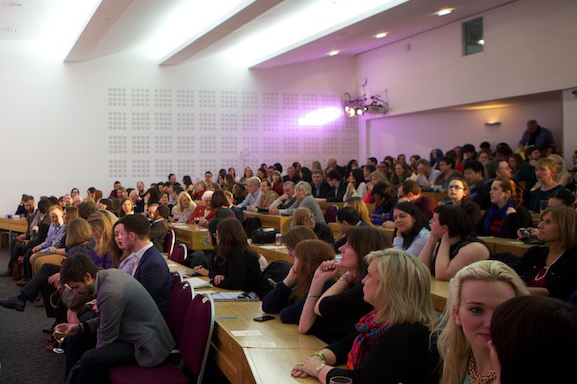
Report by Matthew Bell
Pictures by Paul Hampartsoumian
To see more pictures from the event, click here.
Related links
The Future of Funding for the BBC

